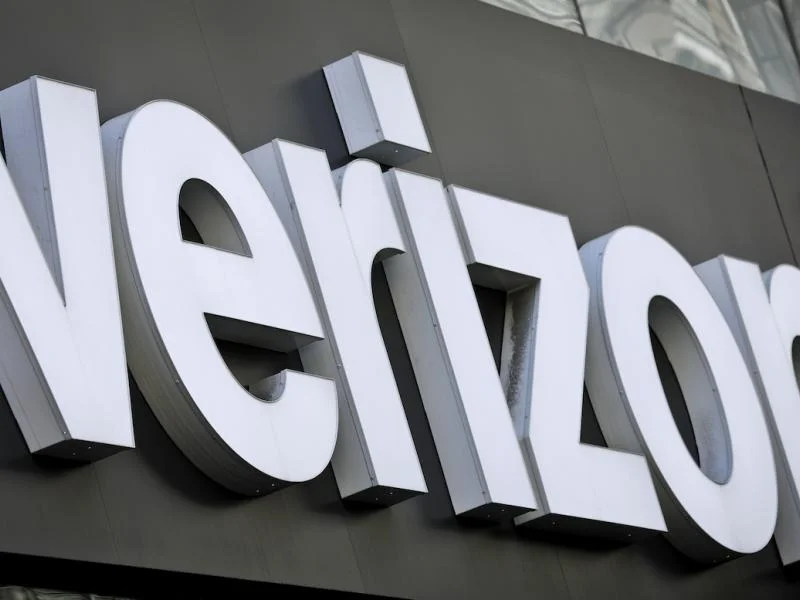360° Financial Trend Detection
360° Financial Trend Detection
Verizon is planning a significant workforce reduction, reportedly cutting 15,000 jobs. That's roughly 15% of their total employee base, a hefty swing of the axe coming just a month after a new CEO took the helm. The stated goal? To make Verizon a "scrappy," leaner organization. But can you cost-cut your way to innovation? Let's crunch some numbers and see if this strategy adds up.
The backdrop is three straight quarters of subscriber losses. It's easy to blame market saturation, but the WSJ report points to Verizon being higher-priced than competitors. That's a problem easily solved (lower prices), but one that eats into margins. Schulman's bet seems to be that streamlining operations will offset the margin hit from more competitive pricing. The question is: are they cutting the right things?
Verizon isn't alone. The tech sector has been shedding jobs like a dog sheds fur in summer. Salesforce, Oracle, Meta, Google, and even xAI have all announced layoffs recently. Intel just axed 669 jobs in Oregon. (The Forbes article references a TechCrunch layoff tracker; it'd be interesting to see a longitudinal analysis of where these cuts are happening within the org charts – R&D? Marketing? Or just general overhead?)
The FlexJobs report cited in Forbes indicates that 26% of workers are more anxious about layoffs than they were six months ago. Another 23% are holding steady in their anxiety levels, already braced for the worst. Rosencrans at HiBob notes that employee engagement dips when uncertainty grows. You see subtle shifts: LinkedIn profiles get quietly updated, people hesitate to take risks. (I've seen this myself; the water cooler talk suddenly shifts from "what's next?" to "what's the bare minimum?")
What's particularly interesting is the rise of "rolling layoffs"—smaller cuts of fewer than 50 employees. These avoid headlines but contribute to a culture of anxiety. It's death by a thousand cuts, and it's arguably worse for morale than a single, decisive blow.

Schulman's vision of a "scrappy" Verizon raises a fundamental question: Is cost-cutting a viable long-term strategy for a telecom giant facing rapid technological change? The Verizon To Axe 15,000 Jobs In New Wave Of Layoffs—What To Do Now article offers some advice to those facing layoffs: update your resume, build AI skills, and create a portfolio. This is good advice for individuals, but what about Verizon as a whole? Are they investing in the right skills to compete in the 5G (and beyond) era?
The layoffs are focused on middle management and administrative roles, according to reports. The stated aim is to flatten the organizational structure and empower frontline employees. On paper, this sounds great. Fewer layers of bureaucracy should lead to faster decision-making and greater agility. But it only works if those frontline employees have the resources, training, and autonomy to actually make those decisions.
The danger is that "scrappy" becomes synonymous with "under-resourced." Cutting 15% of your workforce doesn't automatically make you more innovative. It can easily lead to burnout, brain drain, and a loss of institutional knowledge. If Verizon is simply trying to squeeze more out of fewer people, they're likely to see diminishing returns.
Verizon's move isn't just about numbers on a spreadsheet. It's about people's lives and the long-term health of a major corporation. While cost-cutting might provide a short-term boost to the bottom line, it risks sacrificing the very innovation that Verizon needs to stay competitive. It's a high-stakes gamble, and the odds may not be in their favor.
Verizon's leadership is betting that a leaner structure will give them the agility to compete. But are they just setting the stage for a price war no one can win?